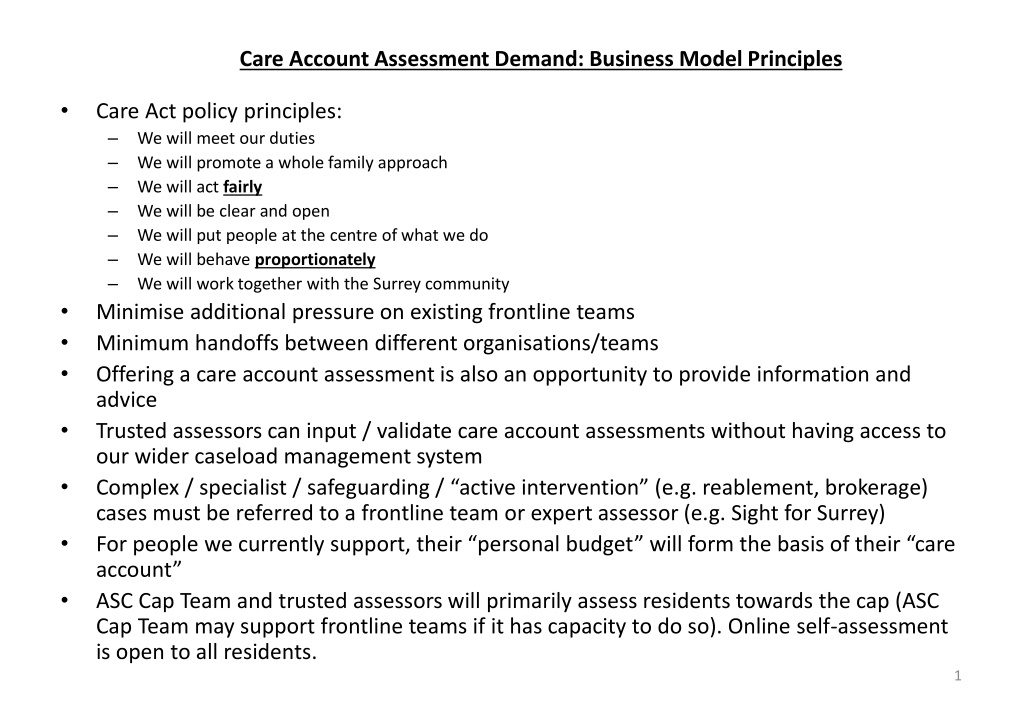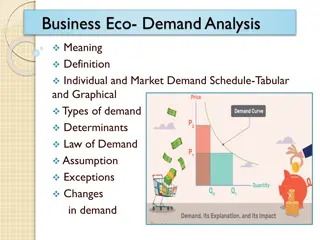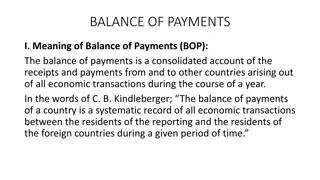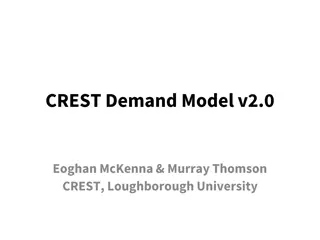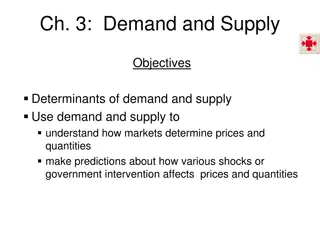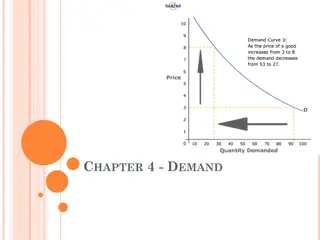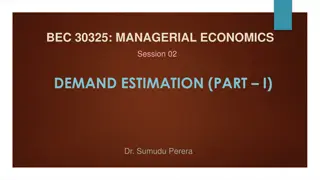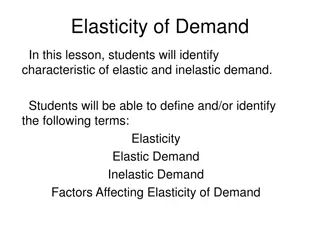Care Account Assessment Demand Business Model Overview
The document outlines the principles and processes for conducting care account assessments, emphasizing fair and open practices, putting people at the center, and minimizing pressure on frontline teams. It details the steps from initial contact to care account generation, with a focus on meeting peak additional demand through a proactive approach and coordination with a public information campaign.
Download Presentation

Please find below an Image/Link to download the presentation.
The content on the website is provided AS IS for your information and personal use only. It may not be sold, licensed, or shared on other websites without obtaining consent from the author. Download presentation by click this link. If you encounter any issues during the download, it is possible that the publisher has removed the file from their server.
E N D
Presentation Transcript
Care Account Assessment Demand: Business Model Principles Care Act policy principles: We will meet our duties We will promote a whole family approach We will act fairly We will be clear and open We will put people at the centre of what we do We will behave proportionately We will work together with the Surrey community Minimise additional pressure on existing frontline teams Minimum handoffs between different organisations/teams Offering a care account assessment is also an opportunity to provide information and advice Trusted assessors can input / validate care account assessments without having access to our wider caseload management system Complex / specialist / safeguarding / active intervention (e.g. reablement, brokerage) cases must be referred to a frontline team or expert assessor (e.g. Sight for Surrey) For people we currently support, their personal budget will form the basis of their care account ASC Cap Team and trusted assessors will primarily assess residents towards the cap (ASC Cap Team may support frontline teams if it has capacity to do so). Online self-assessment is open to all residents. 1
Care Account Assessment Demand: Outline Business Model Resident requesting care account From January 2016 From April 2016 ASC online self- assessment INITIAL CONTACT ASC Cap Team ASC online self- assessment ASSESSMENT ASC Cap Team Trusted assessor VALIDATION N/A ASC Cap Team ASC online self- assessment CARE ACCOUNT GENERATION ASC Cap Team Trusted assessor REVIEW/ REASSESSMENT ASC Cap Team 2
Care Account Assessment Demand: Outline Business Model (Peak Additional Demand) Purpose: Time-limited increase in and/or focus of assessment capacity to ensure we respond in a timely way to the anticipated initial peak in assessment demand Principles: Peak additional demand model builds on top of ongoing demographic additional demand model Time-limited intervention : we aim to assess all current self-funders who approach us for a care account between January 2016 and March 2017 Proactive approach to target people who fund their own care who are currently in residential and nursing care home settings. Gather information on residents who request a cap assessment before Jan 16, so we can then re-contact and assess them from Jan 16 Coordinated with our public information and advice campaign Assumptions: We want to start assessments of peak additional demand as soon as possible after the publication of final guidance in October 15. However, we may not be able to start these assessments until January 2016 because: Fairness/consistency: We want to use the same assessment questions and RAS for all self-funders. The revised RAS/ assessment questions will be ready in late 2015 (TBC) (assuming ALT consent to a RAS review, decision due in August/September 2014) IT: Liquid Logic must be our core system; we do not wish to add any new functionality to AIS in the meantime. Liquid Logic V7 (due January 2016) contains significant care account functionality: could this be made available to an ASC Cap Team, before rollout to the rest of the service from April 2016? It would also need to include basic assessment, light-touch financial assessment, eligibility, IPB functionality Time: We / Liquid Logic may need time to respond to any significant changes in the final regulations and guidance Capacity: We need to grow our assessment capacity to meet the growth in demand e.g. ASC Cap Team, trusted assessors 3
Care Account Assessment Demand: Outline Business Model (Peak Additional Demand) Dependencies: Willingness of residential and nursing care home providers to let us carry out cap assessments in their properties Ability of our systems to collect key information on self-funders before January 2016 Liquid Logic project enables ASC Cap Team to carry out cap assessments, record eligibility , light-touch financial assessments and generate care accounts from January 2016 Review of RAS enables us to generate IPBs from January 2016 Grow and train assessment capacity to undertake peak additional demand assessments from January 2016 Final regulations and guidance are published in October 2015 and are not significantly different from Government s direction of travel to date Who could do assessments: ASC Cap Team Trusted assessor organisation: (TBC pending pilot work) Residential/nursing trusted assessor Assessment agency Community trusted assessor 4
Care Account Assessment Demand: Outline Business Model (Peak Additional Demand) Next steps: Establish method for collecting the contact information of residents who contact us before January 16 requesting a cap assessment Should not add to any AIS reporting requirements Confirm how review of RAS will interplay with review of assessment questions can this be achieved for January 2016? Confirm whether ASC is comfortable for our RAS to be built into LL complexity, intellectual property rights? Confirm whether ASC/Liquid Logic can implement required systems functionality for January 2016: Define and agree updated assessment and eligibility, light-touch financial assessment questions, process and forms(ASC) Map above functionality into Liquid Logic (LL) Map updated RAS into Liquid Logic (LL) Implement care account functionality into Liquid Logic (i.e. IPBs, care accounts) (LL) Liquid Logic functionality can be accessed by ASC Cap Team (and trusted assessors?) (LL) Additional capacity is in place and trained by January 2016 to manage the peak increase in assessment demand Secure agreement of ASC cap team structure, and to start staff transfer/recruit to the team Pilot different trusted assessor options and secure agreement as to which (if any) to progress in Aug/Sept 15 Develop and deliver training Engage with residential and nursing home providers so they are ready for assessors to enter their properties to carry out cap assessments Identify providers with highest numbers of people who currently fund their own care. Agree model by which these accommodation providers are targeted and residents offered the opportunity to be assessed Develop information and advice material to support changes Both for media publicity and for assessors to use with residents who are being assessed 5
